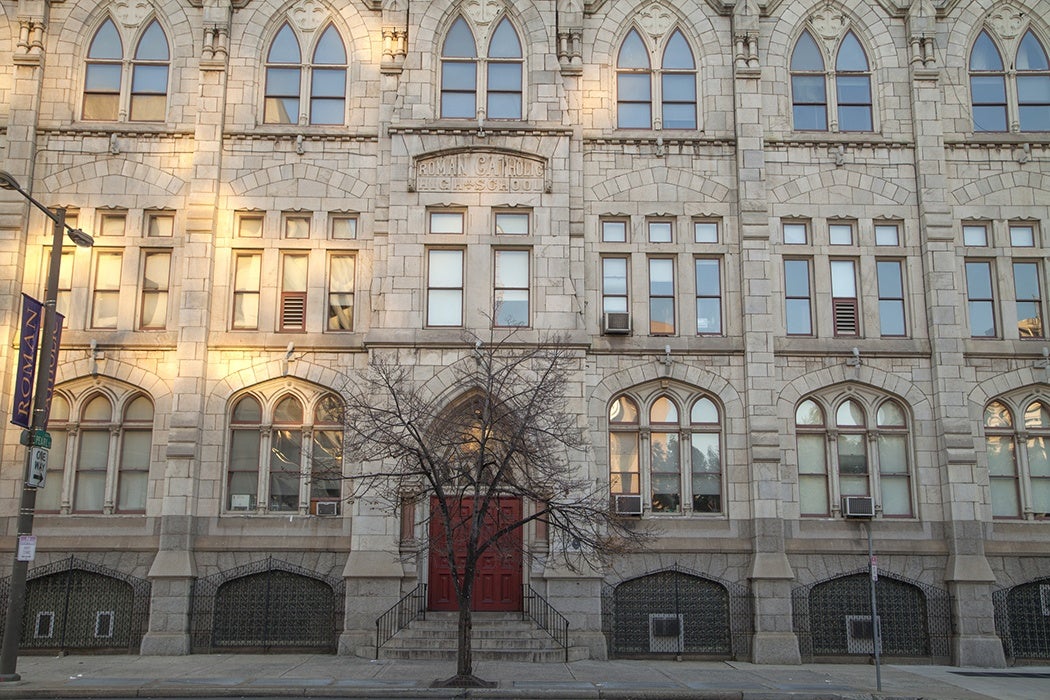Donald Trump is putting forward a plan to massively increase the use of public money to pay students’ tuition at private schools, including religious ones. That worries many public school advocates, who see the American tradition of shared public schools as a key part of our national identity. But the question of how public schools should accommodate people of different religions and ethnicities is nothing new, as Francis Ryan demonstrated in a 1992 paper about how educators reacted to an influx of Irish-Catholic students in the 1830s.
In the early nineteenth century, Ryan writes, many communities were just beginning to offer taxpayer-funded schools. These weren’t the secular public schools we have today. For example, when New York State established a fund to support primary schooling in 1805, New York City divvied it up among 10 existing church schools and the African Free School, each of which served students from a particular community.
Within a couple of decades, the city shifted its public spending into nondenominational “common schools.” These schools weren’t associated with specific churches, but they were deeply rooted in Protestantism. That was a problem for city’s rapidly growing Irish Catholic community.
Catholic clergy warned parents not to send their children to these public schools, which taught from the Protestant King James Bible and used textbooks that contained passages denigrating Catholicism. Instead, about 3,000 Catholic students in the city attended eight overcrowded parish schools. In language that some religious parents echo today, Catholics complained about being doubly taxed to pay for their children’s own schools and for public schools that they couldn’t use without violating their beliefs.
Lowell, Massachusetts took a different tack. In 1830, after a wave of Irish immigration, the city decided to provide some funding for “the maintenance of a separate school district for Catholics.” Over the next two decades, these schools appeared to be successful in getting more Irish kids into classrooms. But they didn’t allow for teaching out of Catholic books and often hired non-Catholic teachers. That was unacceptable to many in the church, who eventually decided to start their own privately funded schools instead.
In other public school districts across the country, Catholic children were forced to sing Protestant hymns and recite the Protestant version of the Ten Commandments, and could receive corporal punishment for refusing to read from the King James Bible. In some places, Catholic efforts to get their own bible into the schools led to riots fueled by anti-immigrant sentiment.
Eventually, of course, secularism prevailed in the public schools. By then, though, the tradition of a separate Catholic school system had been established.
Today, a new national voucher program would reopen the question of whether the public should pay for Catholic schools, and an unlimited variety of other schools serving particular communities, rather than trying to bring all students together in common schools.







